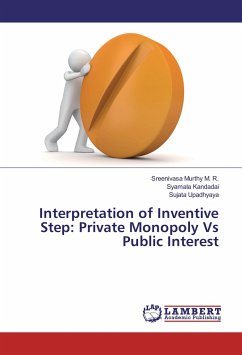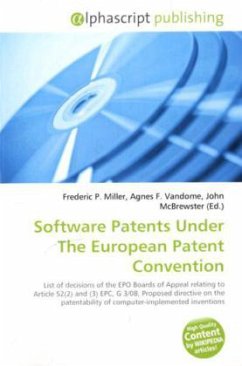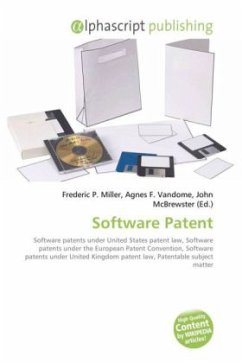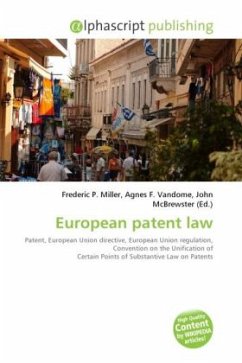
Inventive Step and Non-obviousness
Versandkostenfrei!
Versandfertig in 6-10 Tagen
23,99 €
inkl. MwSt.

PAYBACK Punkte
12 °P sammeln!
The inventive step and non-obviousness reflect a same general patentability requirement present in most patent laws, according to which an invention should be sufficiently inventive i.e., non-obvious in order to be patented. The expression "inventive step" is predominantly used for instance in Germany, in the United Kingdom and under the European Patent Convention (EPC), while the expression "non-obviousness" is predominantly used in United States patent law. Although the basic principle is roughly the same, the assessment of the inventive step and non-obviousness varies from one country to an...
The inventive step and non-obviousness reflect a same general patentability requirement present in most patent laws, according to which an invention should be sufficiently inventive i.e., non-obvious in order to be patented. The expression "inventive step" is predominantly used for instance in Germany, in the United Kingdom and under the European Patent Convention (EPC), while the expression "non-obviousness" is predominantly used in United States patent law. Although the basic principle is roughly the same, the assessment of the inventive step and non-obviousness varies from one country to another. For instance, the practice of the European Patent Office (EPO) differs from the practice in the United Kingdom.












